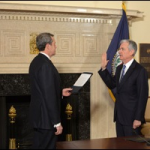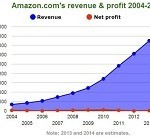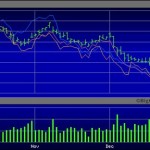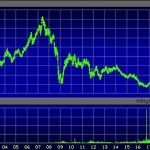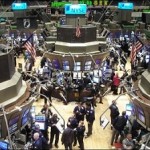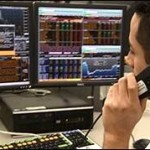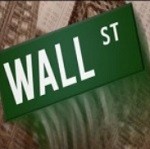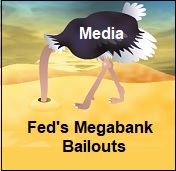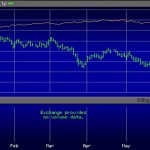
By Pam Martens and Russ Martens: June 10, 2019 ~ On Friday markets digested the nonfarm payrolls report from the U.S. Labor Department showing a weak job growth in May of just 75,000. That news adds to a myriad of other economic data, including a slowdown in durable goods orders, that suggest a deceleration of the U.S. economy. The Atlanta Fed’s closely watched GDPNow indicator is showing a very weak 1.4 percent forecast for the second quarter of this year. The 10-year U.S. Treasury note has duly noted the deceleration in the economy and has fallen from a yield of 2.9 percent since the middle of December to 2.08 percent at Friday’s close. The yield of the U.S. Treasury has an inverse relationship to its price. That is, as the market value of the Treasury note rises, the yield declines. Thus, as the perception grows that the U.S. economy is … Continue reading



